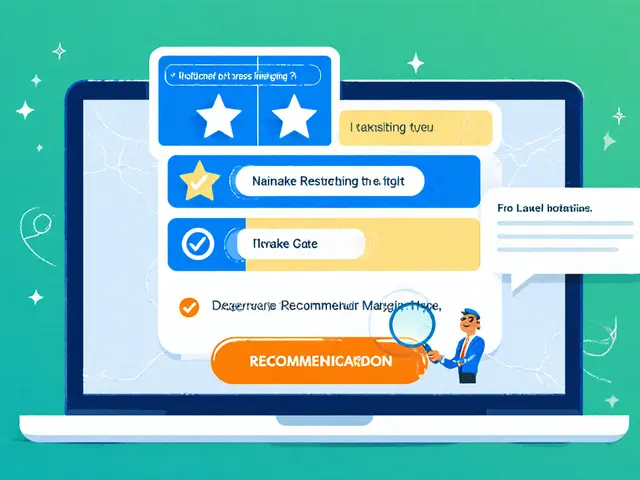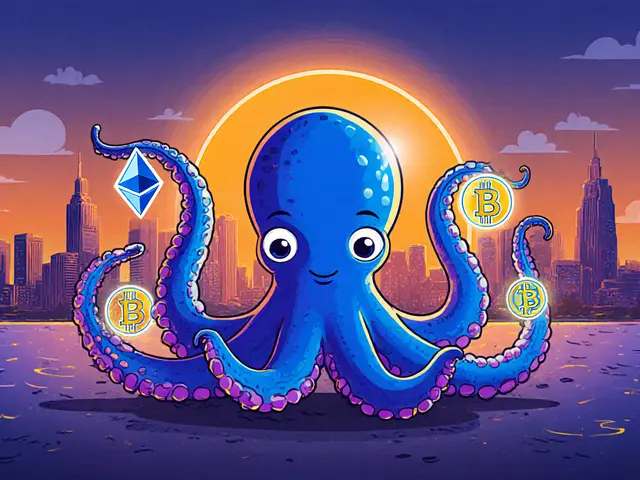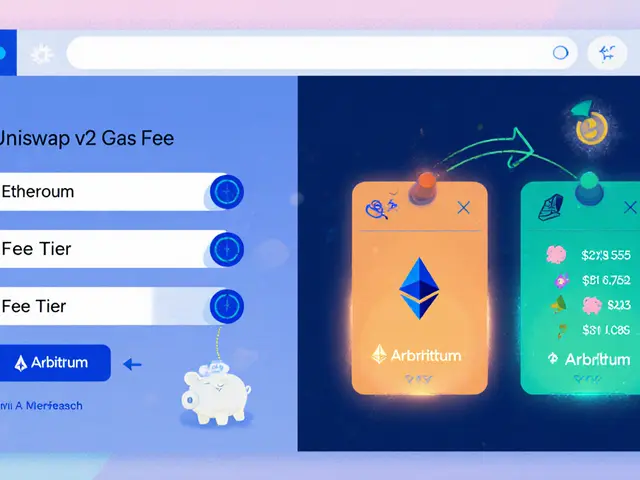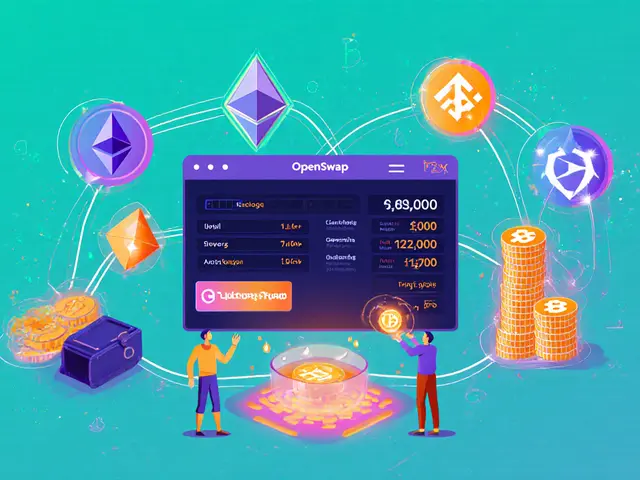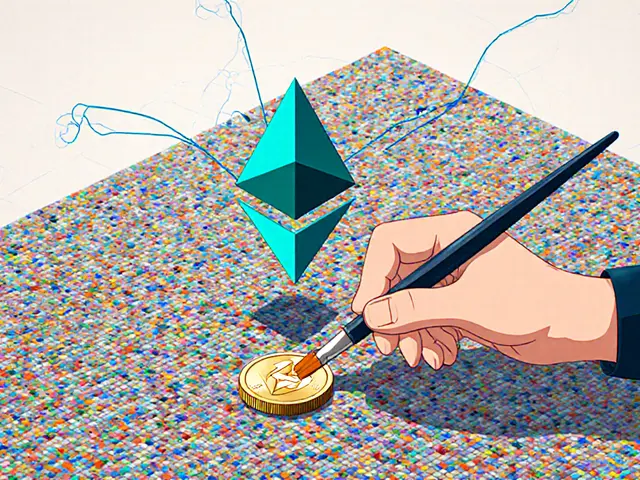DAO – Decentralized Autonomous Organizations Explained
When working with DAO, a Decentralized Autonomous Organization that runs on code instead of a traditional hierarchy. Also known as Decentralized Autonomous Organization, it lets participants make decisions without a central authority. A DAO requires smart contracts, self‑executing agreements that enforce rules on the blockchain, governance tokens, digital assets that give holders voting power and blockchain, the distributed ledger that records every vote and transaction. Together these pieces create a trustless system where anyone can propose changes, vote, and see results instantly.
Why DAOs matter in the crypto world
DAOs have become a core piece of DeFi infrastructure. By removing intermediaries, they lower fees and speed up decision‑making. Projects like SuperEx even embed DAO governance into their exchange platform, letting token holders steer feature roadmaps. This trend shows how decentralized decision‑making can extend beyond pure finance into community‑driven product development. For investors, a DAO’s health often shows up in token price, voting participation, and the transparency of on‑chain proposals.
Regulators are starting to notice DAOs too. Posts about China’s crypto ban or India’s tax rules highlight how governments treat DAO‑issued tokens differently from traditional securities. Understanding the legal backdrop helps you avoid compliance pitfalls when you hold or trade DAO‑related assets.
From a technical standpoint, a DAO lives on a smart‑contract platform like Ethereum or Solana. The contract code defines membership rules, quorum thresholds, and proposal lifecycles. If the code has a bug, the whole organization can be at risk, which is why many DAOs undergo audits before launch. Audited contracts boost confidence and attract larger capital inflows.
Community is another pillar. Successful DAOs maintain active forums, Discord channels, and regular virtual meet‑ups. This social layer fuels proposal ideas and keeps members aligned with the project’s vision. When you see a DAO promoting an airdrop, like the Bull Finance or SupremeX drops in our archive, it’s often a signal of community growth and token distribution strategy.
Financial incentives drive participation. Governance token holders earn a slice of protocol fees or receive rewards for voting, similar to how liquidity providers earn a share of trading fees. This creates a feedback loop: more active voters improve protocol decisions, which in turn increase token value.
Looking ahead, DAOs are experimenting with hybrid models that combine on‑chain voting with off‑chain deliberation. Some projects embed treasury management tools that allow real‑time fund allocation, while others explore cross‑chain DAOs that operate on multiple blockchains simultaneously.
Below you’ll find a curated list of articles that dive deeper into DAO governance, tokenomics, regulatory impacts, and real‑world examples. Whether you’re a trader, developer, or just curious about how decentralized groups work, these posts give you practical insights and actionable steps to navigate the DAO landscape.
A 2025‑ready guide covering utility token regulation, Howey test, EU MiCA, compliance checklists, on‑chain controls and emerging trends for crypto projects.


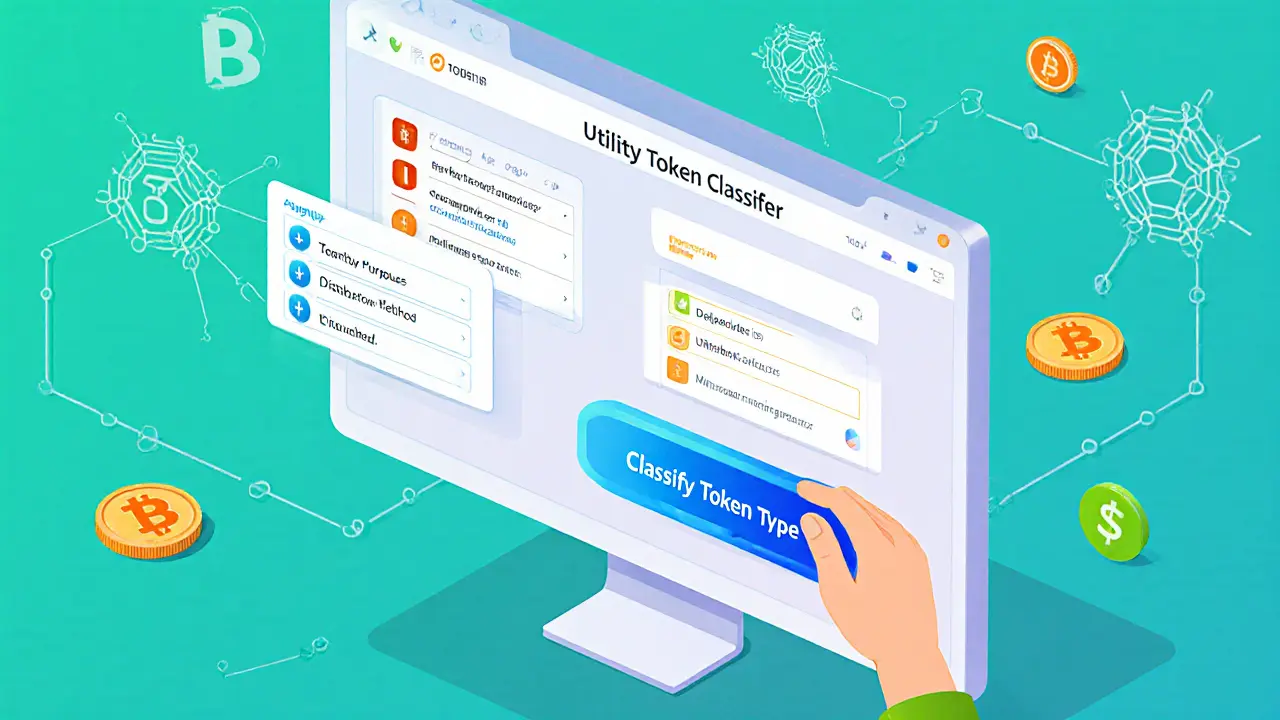
 Finance
Finance
